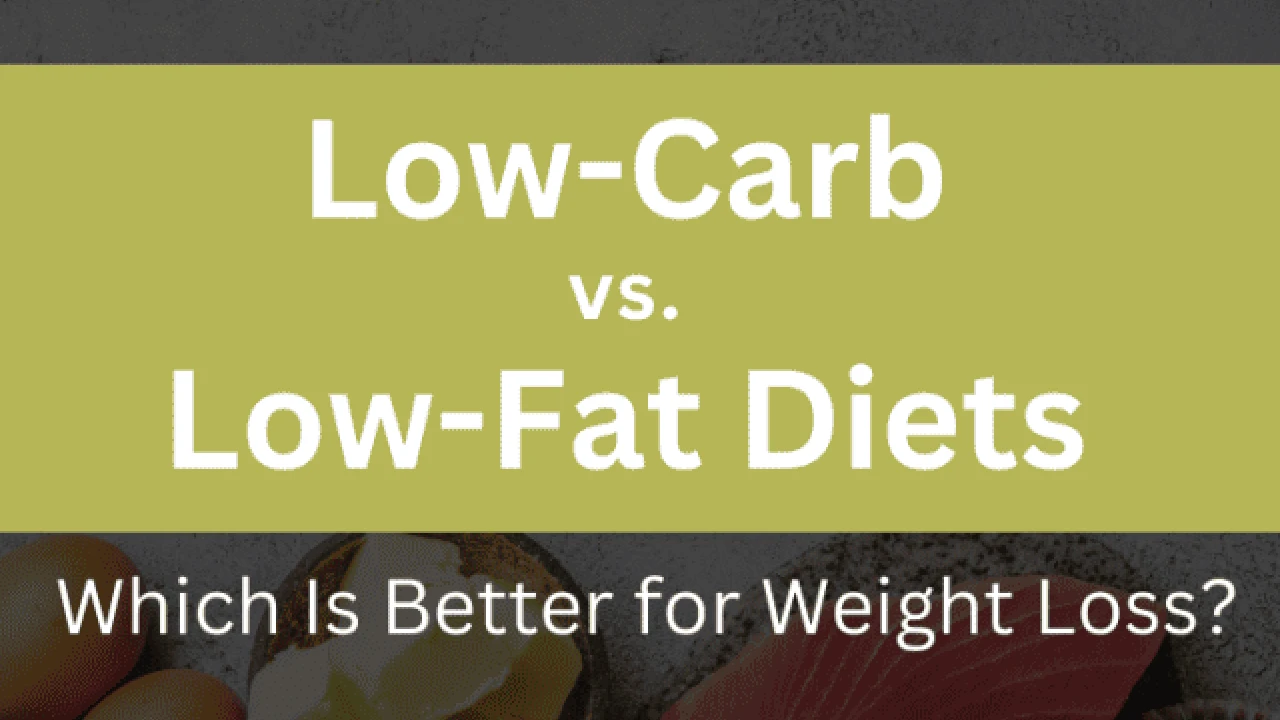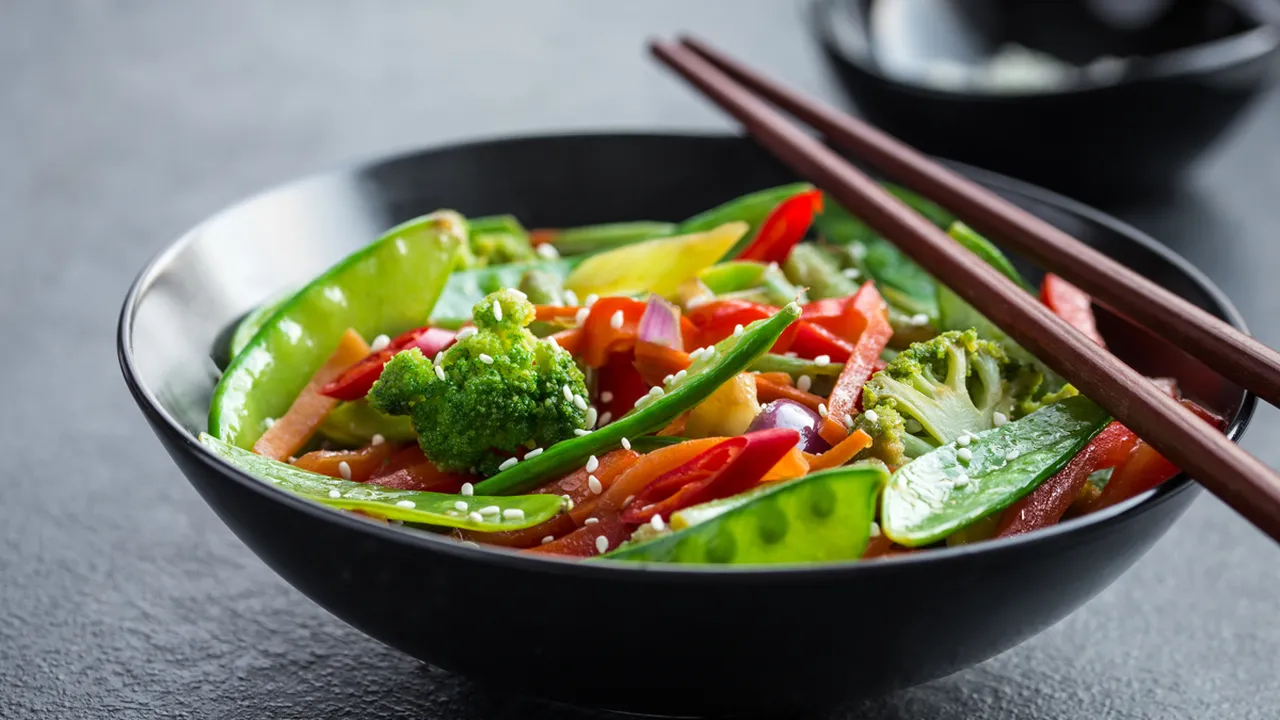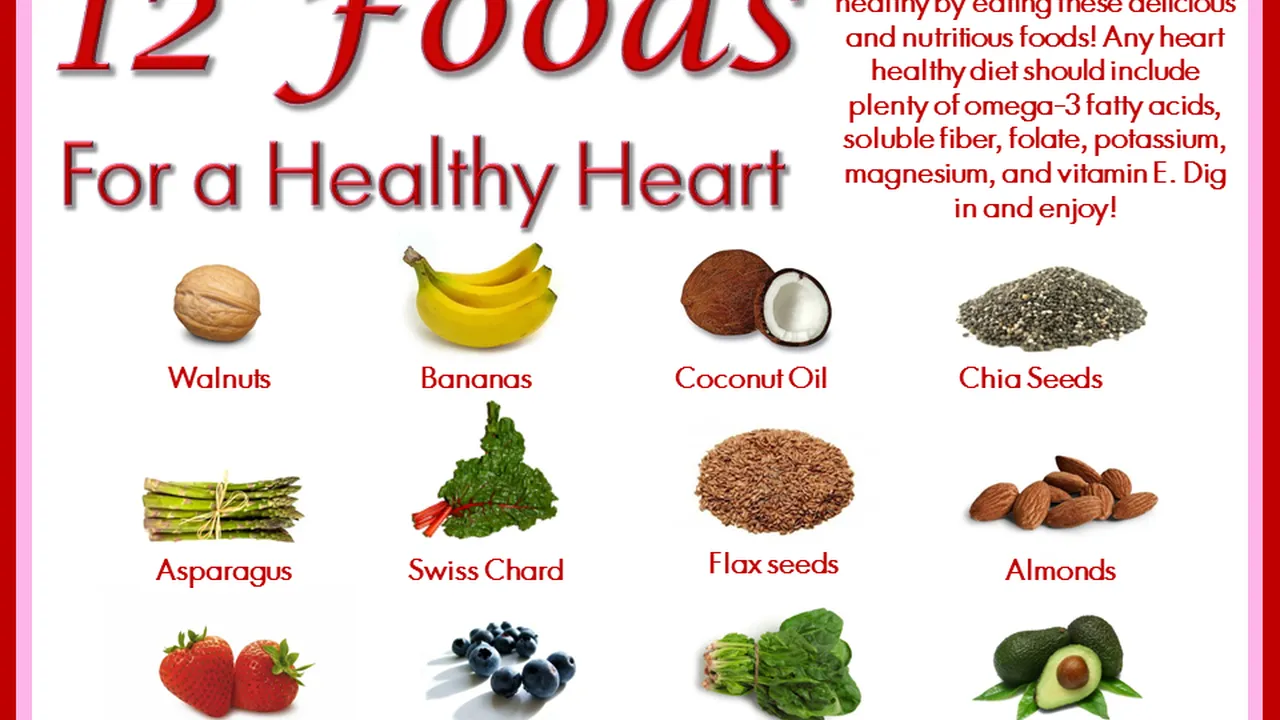Low-Carb vs. Low-Fat Diets: Which Is Better for Weight Loss?
Sample meta description.

Understanding Low Carb Diets for Weight Management and Overall Health
Okay, let's dive into low-carb diets. What are they all about? Basically, you're cutting back on carbohydrates – think bread, pasta, rice, and sugary stuff. The idea is that by reducing carbs, your body starts burning fat for fuel. This process, called ketosis, can lead to weight loss. But it's not just about shedding pounds; some people find low-carb diets help with blood sugar control and energy levels too.
There are different types of low-carb diets. Some are super strict, like the keto diet, where you eat very few carbs. Others are more moderate, allowing for more fruits and vegetables. It's all about finding what works for you. When you cut out carbs, your body starts burning fat for energy, which is the main goal of these diets. It's important to listen to your body and adjust your carb intake based on how you feel.
So, what can you eat on a low-carb diet? Think lean proteins like chicken, fish, and beef. Healthy fats like avocados, nuts, and olive oil are also your friends. Non-starchy vegetables like spinach, broccoli, and cauliflower are great too. The key is to avoid processed foods, sugary drinks, and refined grains. This means saying goodbye to your favorite pastries and sugary sodas, at least for a while.
Exploring Low Fat Diets for Effective Weight Loss and Heart Health
Now, let's talk about low-fat diets. These diets focus on limiting your intake of fats. The reasoning behind this is that fats are high in calories, so cutting back on them can help you lose weight. Low-fat diets have been around for a long time, and they're often recommended for people with heart disease.
Similar to low-carb diets, there are different versions of low-fat diets. Some are very restrictive, limiting fat intake to a tiny percentage of your daily calories. Others are more lenient, allowing for moderate amounts of healthy fats. The key is to choose lean sources of protein, plenty of fruits and vegetables, and whole grains. This usually means avoiding fried foods, processed snacks, and fatty meats.
What can you eat on a low-fat diet? Think fruits, vegetables, whole grains, and lean proteins like chicken breast and fish. Low-fat dairy products like skim milk and yogurt are also good choices. Avoid foods that are high in saturated and trans fats, such as butter, cheese, and processed meats. It's also important to be mindful of hidden fats in things like salad dressings and sauces.
Low Carb vs Low Fat Which Weight Loss Strategy Works Best Based on Scientific Research
Okay, here's the million-dollar question: which diet is better for weight loss? The truth is, it's not a simple answer. Research has shown that both low-carb and low-fat diets can be effective for weight loss, at least in the short term. However, long-term studies have shown that the most important factor is adherence. In other words, the diet that you can stick to is the one that will work best for you.
Some studies have found that low-carb diets may lead to slightly more weight loss in the short term, while others have found no significant difference between the two. It really depends on the individual and their metabolism. The best approach is to experiment with both diets and see which one you feel better on and which one helps you achieve your goals.
It's also important to consider the other health benefits of each diet. Low-carb diets may be beneficial for blood sugar control, while low-fat diets may be beneficial for heart health. Talk to your doctor or a registered dietitian to determine which diet is right for you.
Comparing the Nutritional Impact of Low Carb and Low Fat Diets on Your Body
Let's break down the nutritional differences. Low-carb diets can sometimes be lacking in fiber, especially if you're not eating enough non-starchy vegetables. They can also be higher in saturated fat if you're eating a lot of fatty meats and cheeses. It's important to choose healthy sources of fat and to make sure you're getting enough fiber from vegetables and low-carb fruits.
Low-fat diets, on the other hand, can sometimes be lacking in essential fatty acids. These are important for brain health, hormone production, and overall well-being. It's important to include healthy sources of fat in your diet, such as avocados, nuts, and olive oil. You also need to make sure you're getting enough protein to maintain muscle mass.
Both diets can be nutritionally sound if you plan them carefully. The key is to focus on whole, unprocessed foods and to make sure you're getting all the nutrients you need. Consider working with a registered dietitian to create a meal plan that meets your individual needs.
Practical Tips for Starting a Low Carb or Low Fat Diet for Sustainable Weight Loss
Ready to give one of these diets a try? Here are some practical tips to get you started. First, set realistic goals. Don't expect to lose a ton of weight overnight. Aim for a gradual, sustainable weight loss of 1-2 pounds per week.
Second, plan your meals ahead of time. This will help you avoid impulsive eating and make sure you're sticking to your diet. Spend some time on the weekend prepping meals for the week. This will save you time and energy during the week. Make a list of healthy recipes that you enjoy and start experimenting with different ingredients.
Third, track your food intake. This will help you stay accountable and identify any areas where you're struggling. There are many apps and websites that can help you track your calories, macros, and nutrients.
Fourth, find a support system. This could be a friend, family member, or online community. Having someone to talk to and share your experiences with can make a big difference.
Fifth, be patient and persistent. It takes time to adjust to a new diet, and you're likely to have setbacks along the way. Don't get discouraged. Just keep going and you'll eventually reach your goals.
Incorporating Exercise into Your Weight Management Plan with Low Carb or Low Fat Diets
Diet is important, but exercise is also a crucial part of any weight management plan. Aim for at least 30 minutes of moderate-intensity exercise most days of the week. This could be anything from walking to jogging to swimming to biking.
If you're new to exercise, start slowly and gradually increase the intensity and duration of your workouts. Listen to your body and don't push yourself too hard. It's also important to find an activity that you enjoy, so you're more likely to stick with it.
Strength training is also important for maintaining muscle mass, which can help you burn more calories at rest. Aim for two to three strength training sessions per week, focusing on all major muscle groups.
When you combine diet and exercise, you'll see even better results. Exercise helps you burn more calories, while diet helps you control your calorie intake. Together, they can help you achieve your weight loss goals and improve your overall health.
Potential Risks and Side Effects of Low Carb and Low Fat Diets and How to Mitigate Them
Both low-carb and low-fat diets can have potential risks and side effects. Low-carb diets can sometimes cause constipation, fatigue, and bad breath. These side effects are usually temporary and can be mitigated by staying hydrated, eating plenty of fiber, and taking a multivitamin.
Low-fat diets can sometimes cause nutrient deficiencies, especially if you're not eating enough healthy fats. It's important to include sources of essential fatty acids in your diet, such as avocados, nuts, and olive oil. You should also talk to your doctor about taking a vitamin D supplement, as fat is needed to absorb vitamin D.
It's important to listen to your body and to talk to your doctor or a registered dietitian before starting any new diet. They can help you determine if the diet is right for you and can help you mitigate any potential risks or side effects.
Specific Product Recommendations to Support Your Weight Loss Journey on Low Carb or Low Fat
Alright, let's talk about some products that can help you on your weight loss journey, whether you're going low-carb or low-fat.
Low Carb Product Recommendations for Keto and Low-Carb Enthusiasts
Quest Nutrition Protein Bars: These bars are a lifesaver when you're craving something sweet but want to stay low-carb. They come in a variety of flavors and provide a good source of protein and fiber. Usage Scenario: Perfect for a quick breakfast, post-workout snack, or to curb sugar cravings. Comparison: Compared to other protein bars, Quest bars are lower in net carbs and higher in protein. Price: Around $2-3 per bar.
Lakanto Monkfruit Sweetener: If you're missing your sweets, monkfruit sweetener is a great low-carb alternative to sugar. It has zero calories and doesn't raise blood sugar levels. Usage Scenario: Use it in coffee, tea, baking, or any recipe that calls for sugar. Comparison: Compared to other sugar substitutes, monkfruit has a more natural taste and doesn't have the aftertaste that some people experience with stevia. Price: Around $10-15 per bag.
MCT Oil: MCT oil is a type of fat that's easily digested and converted into energy. It can help you feel fuller and boost your metabolism. Usage Scenario: Add it to your coffee, smoothies, or salad dressings. Comparison: Compared to other fats, MCT oil is more easily absorbed and utilized by the body. Price: Around $20-30 per bottle.
Low Fat Product Recommendations for Optimal Weight Loss
SkinnyPop Popcorn: A great snack option when you're craving something crunchy but want to stay low-fat. It's air-popped and lightly seasoned, making it a healthy and satisfying choice. Usage Scenario: Perfect for movie nights or as a midday snack. Comparison: Compared to other popcorn brands, SkinnyPop is lower in fat and calories. Price: Around $3-4 per bag.
Fat-Free Greek Yogurt: A great source of protein and calcium, and it's very low in fat. Usage Scenario: Eat it for breakfast, as a snack, or use it as a substitute for sour cream in recipes. Comparison: Compared to regular yogurt, fat-free Greek yogurt is higher in protein and lower in fat. Price: Around $1-2 per container.
Oatmeal (Plain, Unsweetened): Oatmeal is a great source of fiber and can help you feel full and satisfied. Usage Scenario: Eat it for breakfast with fruit and a sprinkle of cinnamon. Comparison: Compared to other breakfast cereals, oatmeal is lower in sugar and higher in fiber. Price: Around $3-5 per container.
Important Note: Always check the nutrition labels of any products you're considering to make sure they fit into your diet plan. And remember, these are just suggestions. The best products for you will depend on your individual needs and preferences.
:max_bytes(150000):strip_icc()/277019-baked-pork-chops-with-cream-of-mushroom-soup-DDMFS-beauty-4x3-BG-7505-5762b731cf30447d9cbbbbbf387beafa.jpg)






